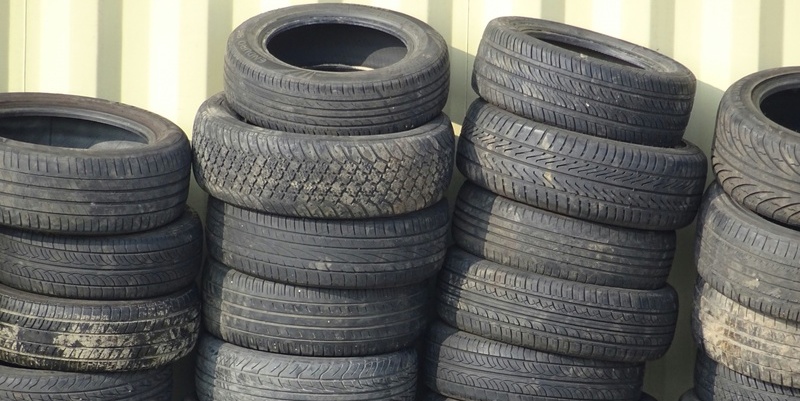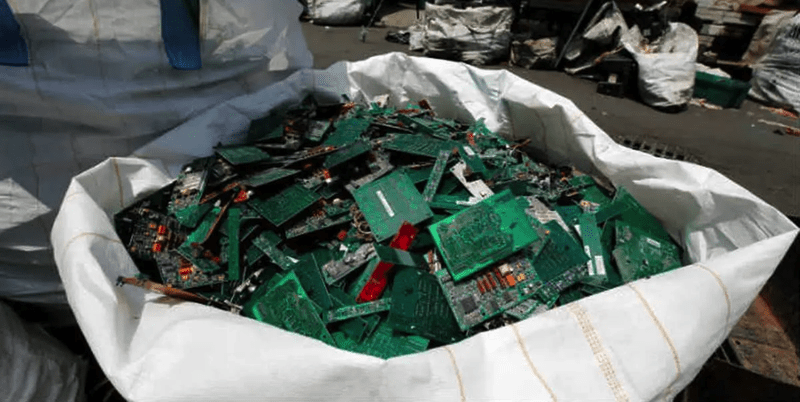Schedule a Call Back
Reducing welding fume emissions
 Articles
Articles- Jul 27,24
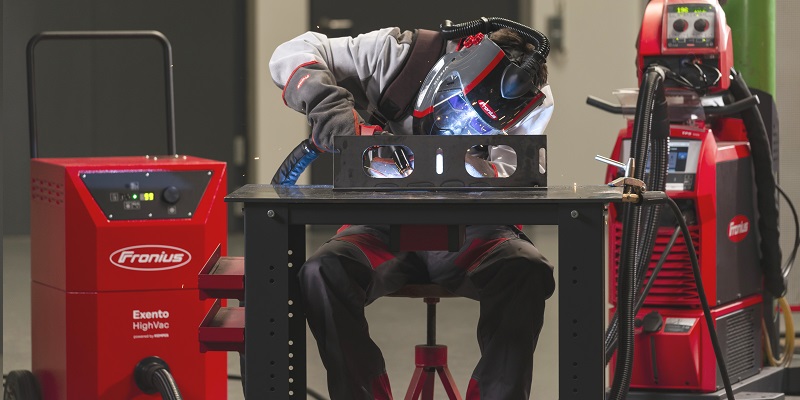
The following conditions were defined:
Related Stories

Reducing welding fume emissions
Welding fume production can be significantly reduced through the targeted selection of welding process, wire speed, and arc length.
Read moreRelated Products
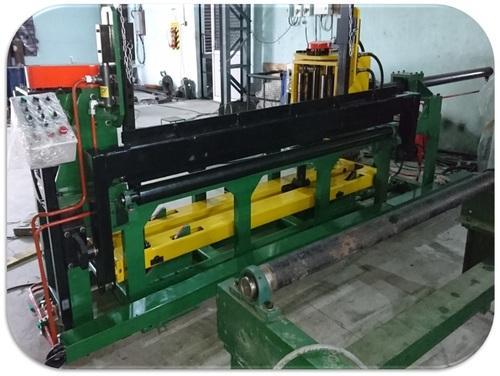
Tack Welding Machine
Invent Weld
Automation offers a wide series of tack welding machines.
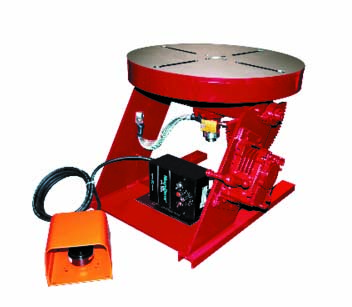
Bench Welding Positioner
Toss Weldtronics
offers a wide range of bench welding positioners.
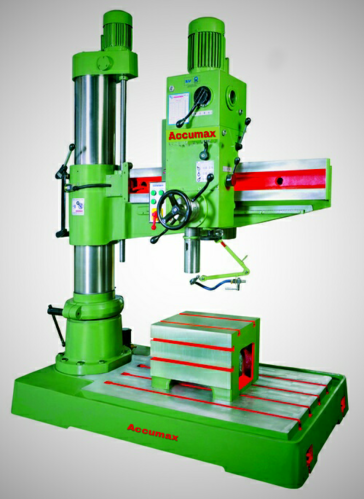
Radial Drilling Machines
Technomech Machine Tools offers a wide range of all geared radial drilling machines. Read more





